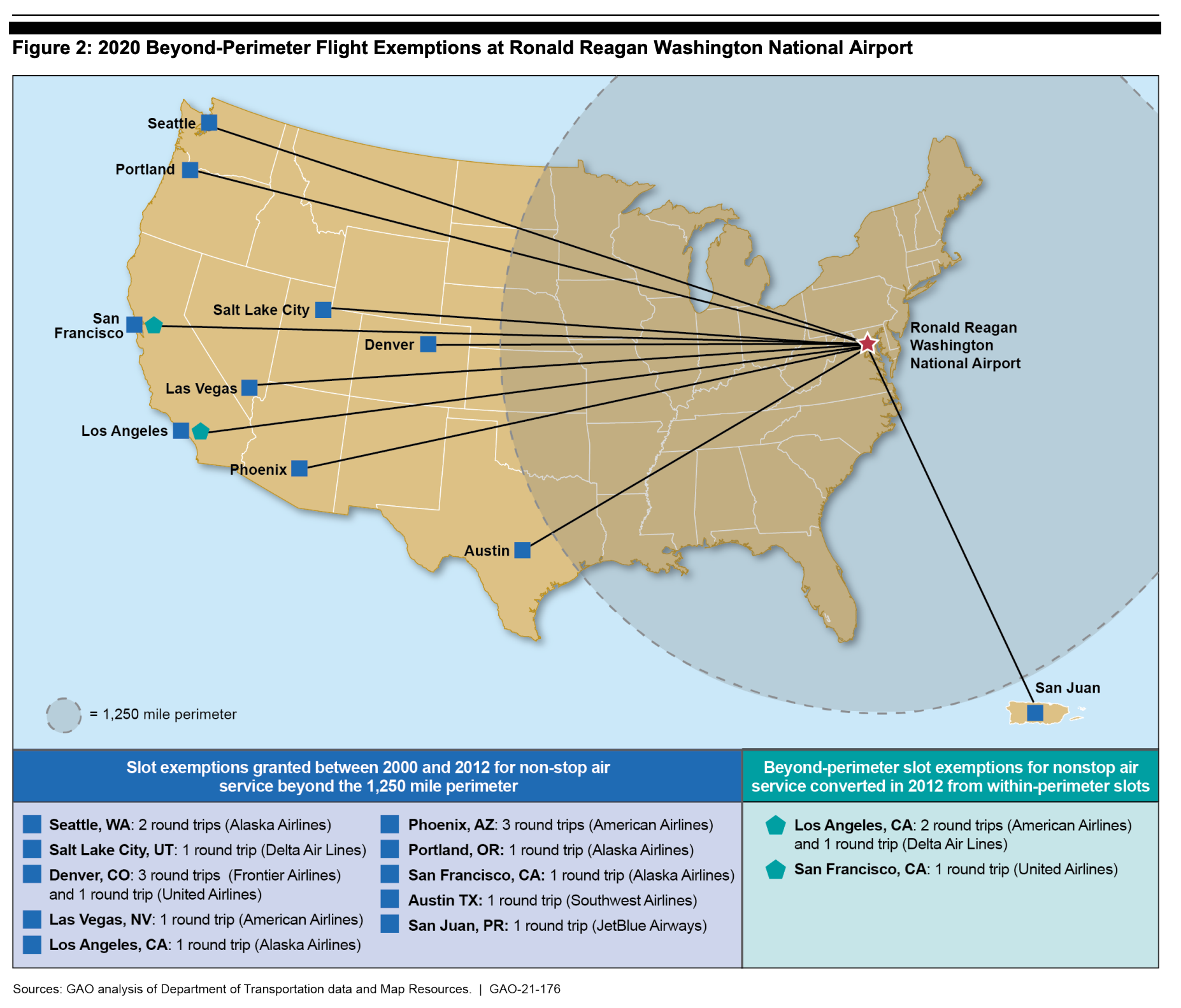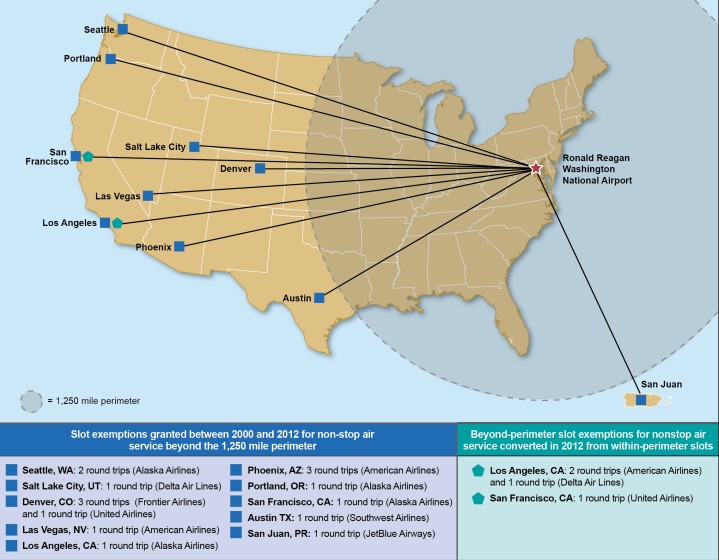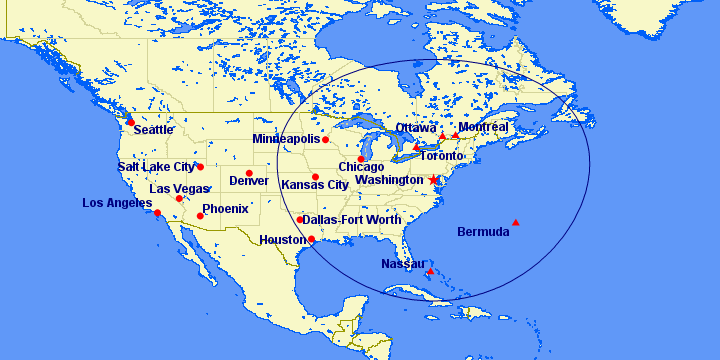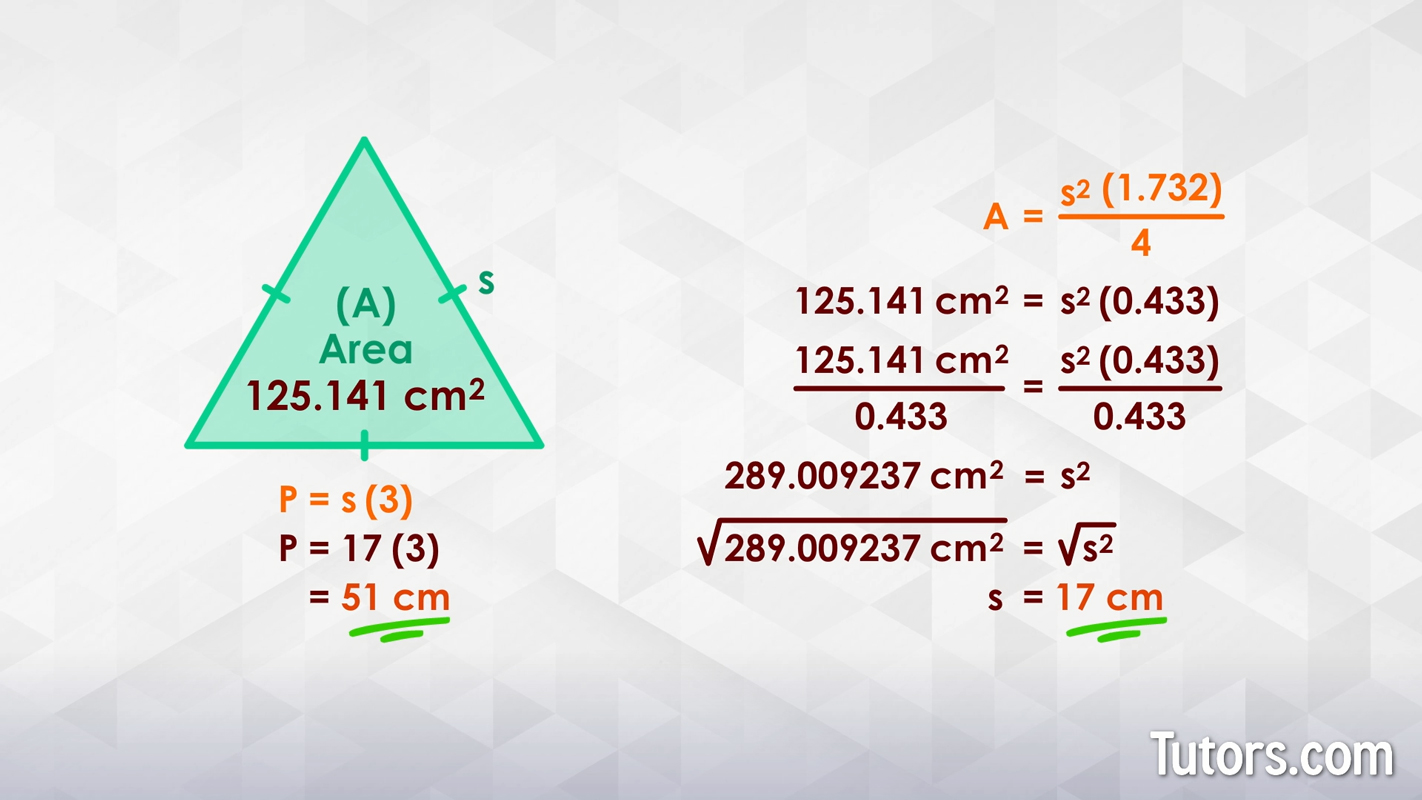Topic dca perimeter rule: Explore the intriguing world of the DCA Perimeter Rule, a pivotal factor shaping air travel and competition in the bustling heart of Washington D.C.
Table of Content
- Origins and Evolution of the DCA Perimeter Rule
- YOUTUBE: DCA\'s Runway Busiest in America, Airports Authority Urges Congress to Shut Down B
- Impact on Competition and Consumer Choice
- Regional Airport Dynamics and the Role of DCA
- Advancements in Aircraft Noise Reduction
- Proposals for Reform and Legislative Efforts
- Arguments for Maintaining the Rule
- Future Outlook and Potential Changes
Origins and Evolution of the DCA Perimeter Rule
The DCA Perimeter Rule, a cornerstone of air travel policy in Washington D.C., originated in 1966 with an initial 650-mile limit. This rule aimed to optimize Reagan National Airport for short-haul flights, alleviate congestion, and promote efficient operations. The perimeter was first expanded to 1,000 miles in 1981 and then to 1,250 miles in 1986, reflecting evolving air travel needs and regional airport dynamics.
Over time, the rule has been adjusted through various legislative acts. In 2000, 2003, and 2012, Congress passed statutes allowing a total of 40 beyond-perimeter flights (20 round-trips) each day. These amendments were introduced to accommodate growing passenger demand and changing flight patterns.
The perimeter rule\"s initial purpose was to reduce aircraft noise and congestion, while also promoting the use of Dulles International Airport. However, with advancements in aircraft technology and changes in the air travel industry, the rule has faced scrutiny and calls for modernization.
Presently, debates about the rule\"s relevance continue, especially considering the evolving business dynamics and air travel demand in the Washington, D.C. metro area. Some argue that the rule restricts competition and impacts consumer choices, leading to higher ticket prices and less direct flight options for travelers.
Furthermore, the capacity and facilities of Reagan National Airport have significantly evolved since the rule\"s inception, leading to discussions about the potential for revising or even removing the perimeter restrictions to better align with current and future air travel needs.

DCA\'s Runway Busiest in America, Airports Authority Urges Congress to Shut Down B
Busiest: Discover the secrets of productivity and time management in this captivating video that shares tips and tricks on how to effectively tackle even the busiest of schedules. Don\'t miss out on this valuable resource! CEO: Join this inspiring video showcasing the journey and insights of a successful CEO, who shares valuable lessons on leadership, decision-making, and achieving success in the business world. Gain valuable knowledge and motivation by watching now!
Virgin America CEO David Cush Talks About DCA Perimeter Rule
Impact on Competition and Consumer Choice
The DCA Perimeter Rule, established in 1966, significantly impacts competition and consumer choice in air travel to and from Ronald Reagan Washington National Airport (DCA). This rule limits flights to a maximum distance of 1,250 miles, with few exceptions, thereby affecting the accessibility and affordability of air travel to the nation\"s capital. A major consequence of this rule is higher airfare prices for consumers. In comparison to other major U.S. metro areas, Washington, D.C. has some of the most expensive domestic ticket prices.
This limitation on flight distance has led to a lack of competition among airlines operating in the region. Notably, American Airlines holds a significant proportion of the slots at DCA, which has contributed to a monopolistic environment in the airline industry within the region. As a result, there is an absence of robust competition that could otherwise help lower ticket prices and improve service quality for consumers.
Additionally, the Perimeter Rule\"s restrictions mean that many passengers traveling to and from DCA must make at least one connection, adding inconvenience and time to their travel. Currently, only a limited number of beyond-perimeter flights are allowed, which significantly hampers the supply of direct flights to meet the growing demand.
The argument for modernizing the Perimeter Rule is supported by various stakeholders, including lawmakers and airline companies. They advocate that updating the rule would lead to increased competition, lower airfares, and enhanced accessibility to the nation’s capital, especially from western regions of the United States. Proponents of this change highlight the outdated nature of the rule and its detrimental effects on consumer choice and economic growth.
Comparisons are drawn to other situations where similar restrictions were lifted, such as the Wright Amendment at Dallas Love Field. The repeal of such limitations led to increased competition, improved service, and did not adversely affect the airports involved. Hence, there is a strong call for the reconsideration of the DCA Perimeter Rule to align with current aviation needs and consumer preferences, emphasizing the importance of competition, choice, and lower prices in air travel.

Regional Airport Dynamics and the Role of DCA
The DCA Perimeter Rule, established in 1966, has significantly influenced the dynamics of the regional airport system in the Washington, D.C. area. Initially set with a 650-mile limit and later expanded to 1,250 miles, the rule aimed to optimize the utilization of Reagan National Airport (DCA) for short-haul flights and to alleviate congestion. Moreover, it was intended to promote the use of Washington Dulles International Airport (IAD) and manage noise levels.
This regulation has shaped DCA\"s role as a primarily short-haul, commuter, and local service airport. Despite the growth of the metropolitan area and changes in air travel demand, the rule has remained, influencing the competitive dynamics between DCA and other regional airports, notably IAD and Baltimore-Washington International Thurgood Marshall Airport.
One of the most notable impacts of the Perimeter Rule on DCA and the regional airport system has been its effect on competition and airfare prices. By restricting the range of flights from DCA, it has limited competition among airlines operating at these airports. This limitation has led to higher ticket prices for flights to and from Washington, D.C. when compared to other major U.S. metro areas. Moreover, the restrictions have resulted in the need for many passengers to make additional stops before reaching their final destination, adding inconvenience and time to travel.
The role of DCA in the regional airport system is also marked by its physical and operational constraints. The airport\"s design and infrastructure, tailored for short-haul operations, pose challenges for handling increased traffic or changing its operational focus. Despite these challenges, there have been calls for modernizing the Perimeter Rule to better align with current air travel demands and to enhance competition and consumer choice in the region.

Advancements in Aircraft Noise Reduction
Significant advancements in aircraft noise reduction have been made over the years, impacting operations at Ronald Reagan Washington National Airport (DCA). Since 1978, DCA has been monitoring noise levels with a network of noise monitors aligned with primary flight corridors to record aircraft and community noise contributions. This monitoring is part of the Airports Authority\"s commitment to understanding and managing noise impacts in neighboring communities.
The DCA Nighttime Noise Rule, established in the early 1980s due to concerns about louder aircraft, restricts noise levels between 10 p.m. and 6:59 a.m. This rule is not an operational curfew but aims to identify and penalize aircraft that exceed specific nighttime noise limits. The advancement in aviation technology has led to most aircraft operating during these hours complying with the DCA Nighttime Noise Rule. Non-compliant aircraft may face civil penalties.
In 1990, the Airport Noise and Capacity Act (ANCA) was introduced, requiring airlines to transition to quieter (stage 3) aircraft by January 1, 2000. This federal regulation also limited U.S. airports from imposing additional noise-based operational restrictions. As a result, the DCA Nighttime Noise Rule, grandfathered by Congress, remains unique in classifying some stage 3 aircraft as non-compliant based on the nighttime noise limits established for Reagan National.
These developments in aircraft noise reduction technology and regulatory frameworks have significantly reduced the noise impact on communities surrounding DCA, while allowing the airport to continue its operations without a curfew. The Airports Authority continues to audit, investigate, and enforce the Nighttime Noise Rule to ensure compliance and minimize noise pollution in the area.

Proposals for Reform and Legislative Efforts
Recent legislative efforts have been made to modernize the DCA Perimeter Rule, a federal regulation that has been in place since 1966. These efforts include the introduction of the Direct Capital Access (DCA) Act, which aims to create more and longer flights in and out of Ronald Reagan Washington National Airport. This act is seen as a way to alleviate the high costs faced by consumers due to limited competition and increase accessibility to the nation’s capital.
Proponents of reform argue that the current rule is outdated and negatively impacts not only consumers, but also regional economies and tourism, especially for regions like the western United States. Increasing the number of flights to and from DCA each day is believed to make air travel more efficient and affordable.
Additionally, there has been support from various stakeholders, including airlines such as Delta, who have been advocating for the modernization of the perimeter rule. This advocacy is based on the belief that changes to the rule will stimulate competition, provide more consumer choices, and make air travel to Washington, D.C., more affordable and accessible.
However, there has been opposition from some airlines and concerns over the potential increase in passenger delays and the impact on the operational integrity of the airport. The debate over the rule continues, with various parties arguing both for and against the proposed changes.

_HOOK_
Arguments for Maintaining the Rule
The DCA Perimeter Rule, which restricts nonstop flights at Reagan National Airport (DCA) to a distance of 1,250 miles, is a subject of considerable debate. Advocates for maintaining this rule highlight several key points:
- Congestion and Infrastructure Stress:
- The rule helps manage congestion at DCA, which is crucial given its space constraints. The airport\"s gates are heavily utilized, and there is no room to expand the airfield for additional planes. Roadways and parking facilities are also frequently congested, and adding more flights could exacerbate these issues.
- Safety Considerations:
- DCA is known for its narrow, restricted corridor for take-offs and landings, making it one of the nation\"s most challenging airports for pilots. The spacing between flights is vital for safe operations, and any increase in flights could lead to more delays, particularly in bad weather.
- Airport Size and Capacity:
- DCA has a short main runway and limited land area, making it too small to accommodate the number of flights that airlines want to send to Washington. Over 90% of DCA’s flights use its main runway, making it the busiest in America.
- Impact on Smaller Cities:
- Changing the perimeter rule could negatively affect service to smaller cities. Airlines might prioritize longer, more profitable routes, potentially reducing flights to smaller state capitals and regional destinations.
- Legislative Complexity:
- Adjusting the perimeter rule involves complex legislative processes and has divided opinions even within Congress. It\"s not a straightforward issue and encompasses broader political and economic considerations.
In summary, while there are arguments for and against the DCA Perimeter Rule, those in favor of maintaining it emphasize the need to manage congestion, ensure safety, and protect service to smaller communities.

Future Outlook and Potential Changes
The future of the DCA Perimeter Rule, which currently restricts nonstop flights at Reagan National Airport (DCA) to a 1,250-mile radius, is a topic of ongoing debate and potential legislative action. Key points regarding its future outlook and possible changes are outlined below:
- Legislative Proposals:
- There have been proposals in both the House of Representatives and the Senate for the Direct Capital Access Act, which suggests adding 56 in- and beyond-perimeter flights at DCA as part of the 2023 Federal Aviation Administration Reauthorization bill. This act would increase the number of flights allowed beyond the current perimeter, allowing for more direct long-distance flights.
- Competition and Consumer Impact:
- The perimeter rule has been criticized for reducing competition among airlines operating in the D.C. area, leading to higher ticket prices and fewer choices for consumers. Changes to the rule could introduce more competition, potentially lowering fares and providing more direct flight options.
- Airport Congestion and Infrastructure:
- There are concerns about the potential impact of increasing flights on DCA\"s already limited infrastructure. The airport is known for its space constraints, and adding more flights, especially larger planes, could exacerbate congestion issues both in the air and on the ground.
- Changing Dynamics:
- Since the rule\"s inception, the dynamics and demand for air travel in the Washington, D.C. metro area have evolved. There is a growing argument that the rule no longer serves its original purpose of balancing traffic between DCA and Dulles International Airport (IAD), and may be hindering direct access to the capital.
- Continued Debate:
- The issue remains politically complex and is not aligned along party lines. Various stakeholders, including airlines, politicians, and local communities, have differing opinions on the rule\"s future, indicating that any change will require careful consideration and negotiation.
In conclusion, while there is momentum towards modifying the DCA Perimeter Rule, the outcome remains uncertain. Future changes will need to balance the competing interests of expanding access, managing congestion, and maintaining a competitive airline market.
Explore the intricate dynamics of the DCA Perimeter Rule, a topic blending policy, aviation, and regional growth, offering a unique lens into Washington D.C.\"s evolving airspace landscape and its broader implications.

